Increasing Safety Regulations
The Automotive Laminated Glass Market is experiencing a surge in demand due to stringent safety regulations imposed by various governments. These regulations mandate the use of laminated glass in vehicles to enhance passenger safety and reduce injuries during accidents. For instance, laminated glass is designed to hold together when shattered, thereby preventing ejection of passengers and minimizing injury risks. As a result, manufacturers are increasingly integrating laminated glass into their vehicle designs to comply with these regulations. This trend is expected to drive the market forward, as more automakers prioritize safety features in their vehicles. The market for automotive laminated glass is projected to grow at a compound annual growth rate of approximately 5% over the next few years, reflecting the increasing emphasis on safety in the automotive sector.
Rising Demand for Electric Vehicles
The Automotive Laminated Glass Market is likely to benefit from the rising demand for electric vehicles (EVs). As the automotive industry shifts towards electrification, manufacturers are focusing on lightweight materials to enhance vehicle efficiency and range. Laminated glass, being lighter than traditional glass, offers an attractive solution for EV manufacturers aiming to reduce overall vehicle weight. This shift is not only beneficial for performance but also aligns with sustainability goals, as lighter vehicles consume less energy. The increasing production of EVs is expected to create a substantial demand for laminated glass, further propelling the market. Analysts predict that the EV segment could account for a significant portion of the automotive laminated glass market, potentially reaching a valuation of several billion dollars in the coming years.
Consumer Preference for Enhanced Comfort
The Automotive Laminated Glass Market is witnessing a shift in consumer preferences towards enhanced comfort and luxury in vehicles. Laminated glass provides superior acoustic insulation, reducing noise levels inside the cabin, which is increasingly valued by consumers. This feature is particularly appealing in premium and luxury vehicles, where a quiet and serene driving experience is paramount. As automakers strive to differentiate their offerings, the integration of laminated glass is becoming a key selling point. The market is expected to see a notable increase in laminated glass usage in mid-range and high-end vehicles, as manufacturers recognize the importance of comfort in consumer purchasing decisions. This trend may lead to a significant uptick in the market, with projections indicating a potential increase in laminated glass adoption by over 20% in the luxury vehicle segment.
Sustainability and Environmental Concerns
The Automotive Laminated Glass Market is increasingly influenced by sustainability and environmental concerns. As consumers become more environmentally conscious, there is a growing demand for eco-friendly materials in vehicle production. Laminated glass, which can be recycled and is often produced using sustainable practices, aligns well with these consumer preferences. Automakers are responding by incorporating laminated glass into their vehicles to enhance their sustainability profiles. This trend is expected to drive market growth, as manufacturers seek to meet the rising demand for environmentally friendly products. The automotive laminated glass market could see a significant increase in adoption rates, with projections suggesting that sustainability-focused initiatives may contribute to a market expansion of approximately 7% in the coming years.
Technological Innovations in Glass Manufacturing
The Automotive Laminated Glass Market is being propelled by technological innovations in glass manufacturing processes. Advances in production techniques, such as improved lamination methods and the introduction of smart glass technologies, are enhancing the performance and functionality of laminated glass. These innovations not only improve safety and durability but also allow for the integration of features like electrochromic glass, which can adjust tint based on sunlight exposure. As manufacturers adopt these cutting-edge technologies, the appeal of laminated glass in vehicles is likely to increase. The market is expected to expand as automakers seek to incorporate these advanced materials into their designs, potentially leading to a market growth rate of around 6% annually over the next few years.


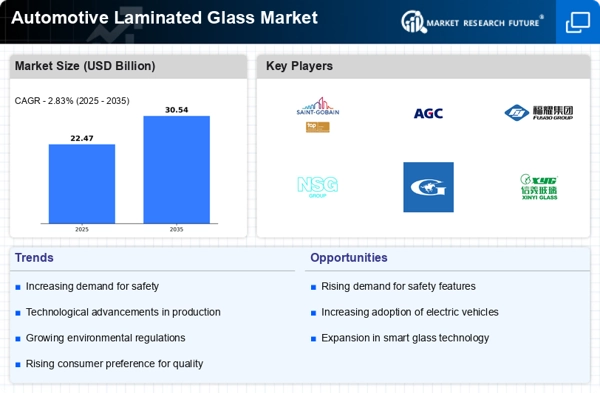
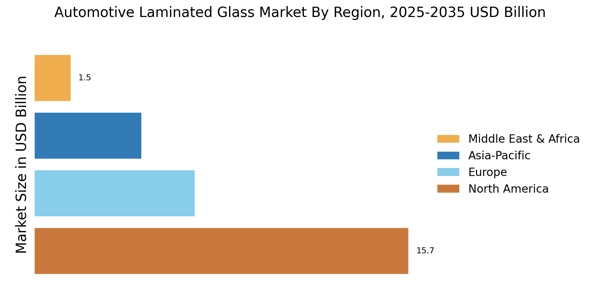
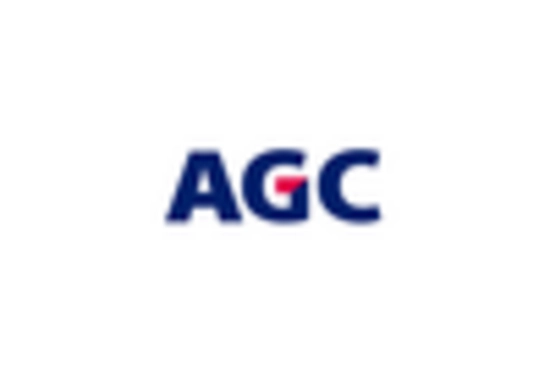
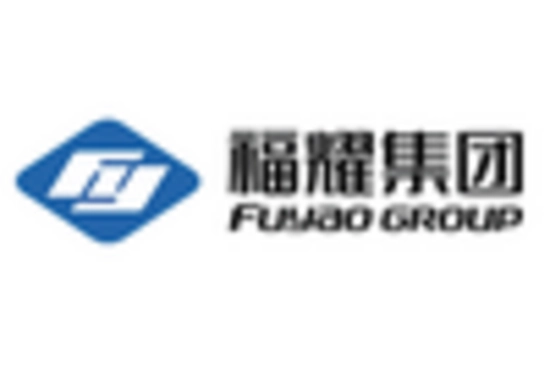
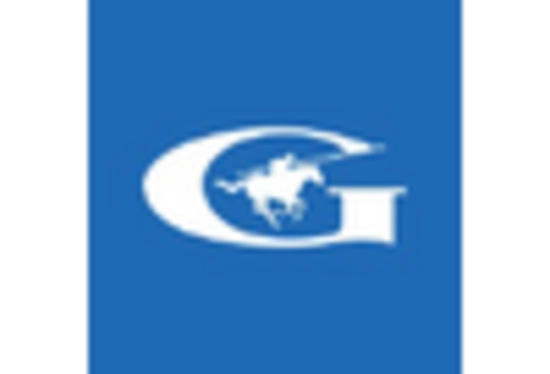











Leave a Comment